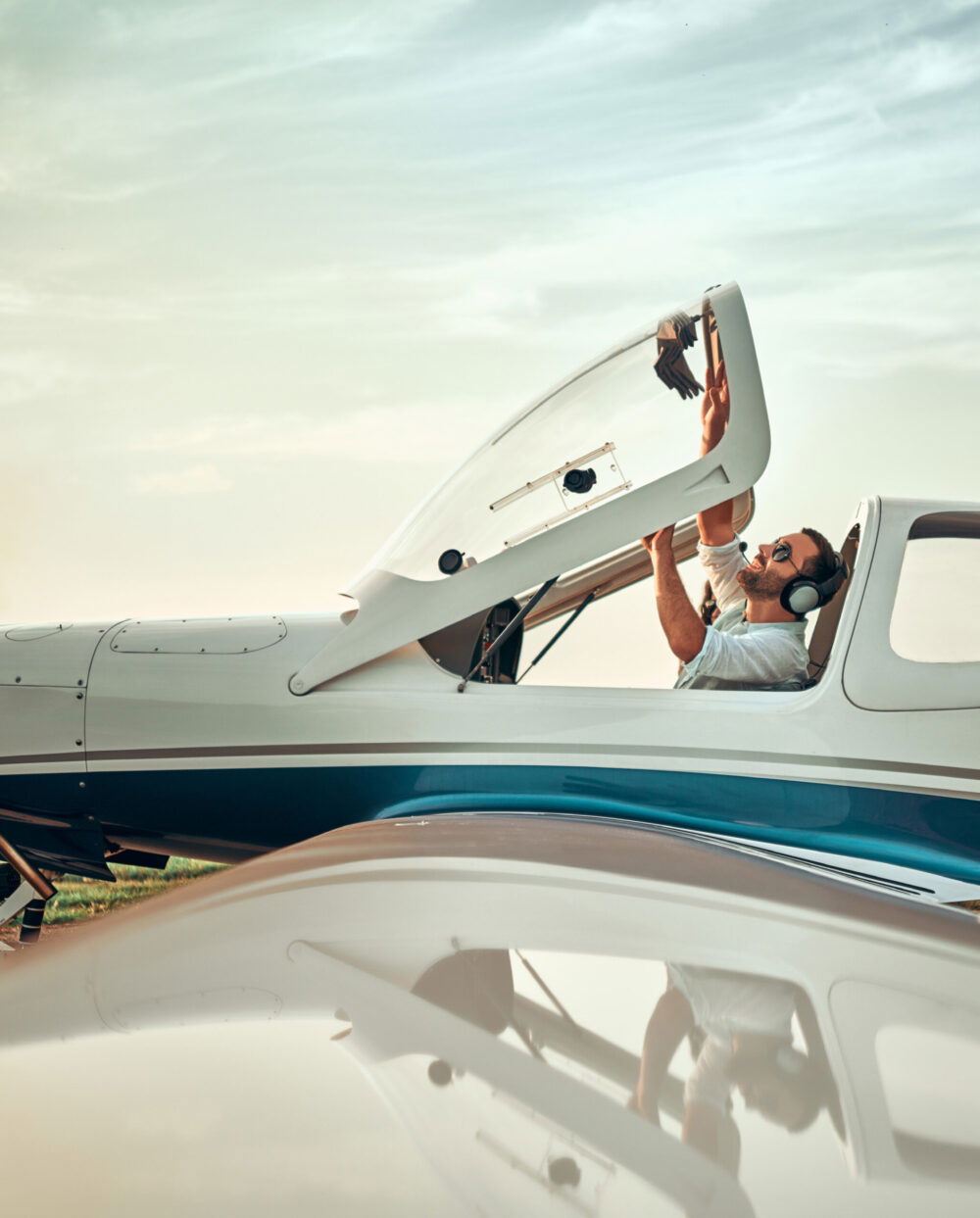The cliché question is: How do you fly a solar-powered airplane at night? The Swiss research team behind the Solar Impulse answered with a 24-hour endurance flight last week, proving that it is possible to collect and store more than enough energy during the day to last through the night. The goal of the program is to circumnavigate the Earth using nothing but solar power, collected via some 12,000 photovoltaic disks and stored in the aircraft’s batteries. With its 207-foot wingspan, the Solar Impulse has proven that, theoretically, it can remain aloft indefinitely — though the global flight would obviously deal with navigation, pilot-sustenance, wind and weather factors that were not an issue during the overnight flight from the Payerne airport, 30 miles from the Swiss capital Bern.
Having succeeded with this milestone flight, the team will now embark on building a new aircraft for the world flight — more aerodynamically efficient and with a larger cockpit to support the pilot’s needs. The attempt is scheduled for 2013, provided the remaining $19 million in private funds (of a total projected budget of $95 million) can be raised to complete the task. The overnight flight was considered an instrumental part of the fund-raising strategy. It bodes well that the Solar Impulse landed at 9 a.m. with 20 percent more energy available than even the most optimistic of projections. Pilot Andre Borschberg, who hand flew the unstable aircraft throughout the flight while using yoga exercises and water spray to stay awake, called the rising sun “a gift.”




